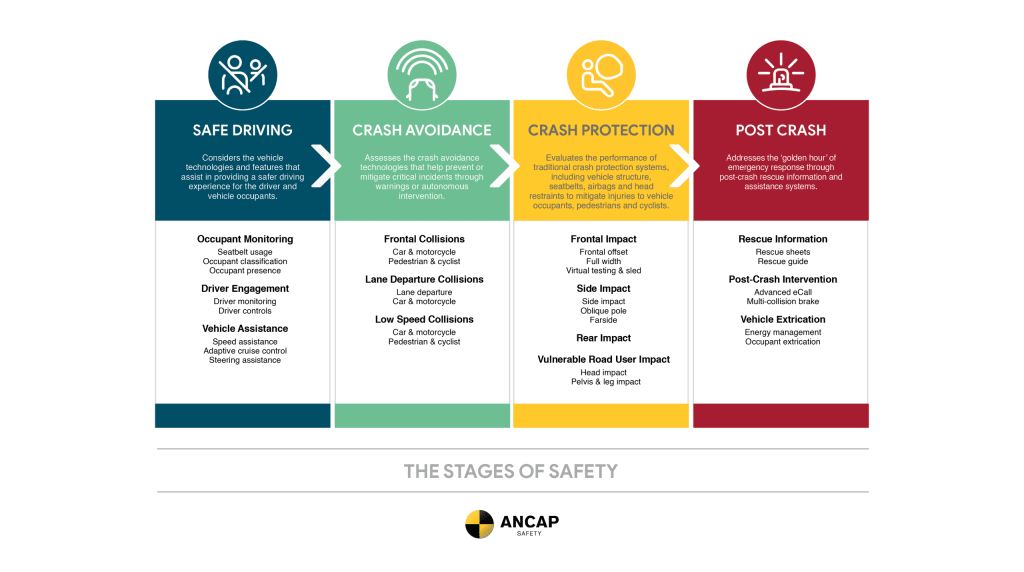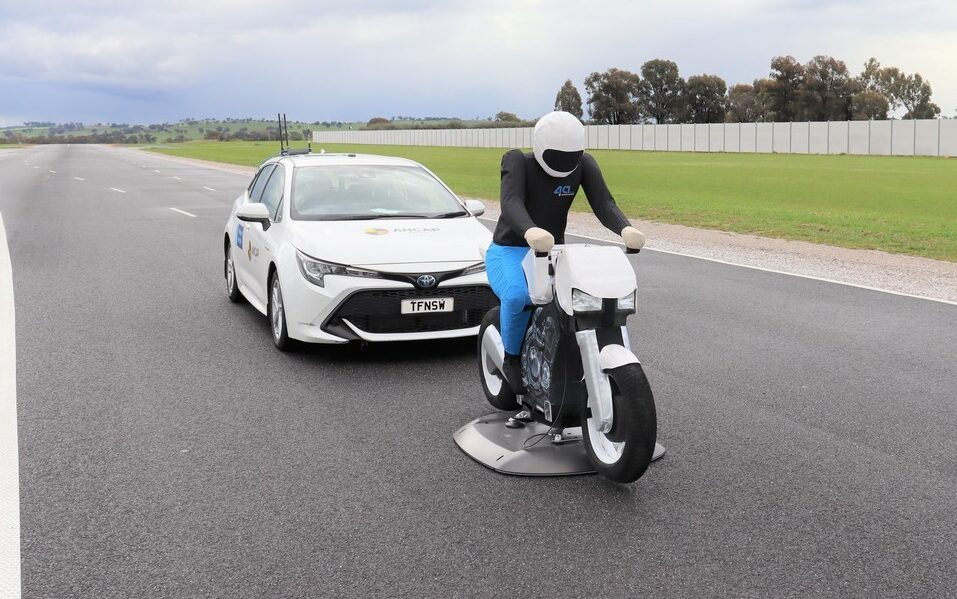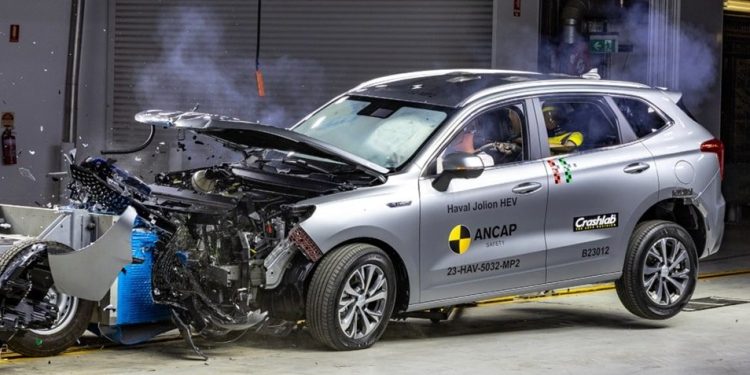ANCAP addresses irritating driver monitoring systems in updated rating criteria
The Australasian New Car Assessment Program or ANCAP has announced a refreshed rating criteria for new car safety that will be implemented from 2026.
Arguably the most significant change for everyday drivers comes from the driver monitoring system updates.

ANCAP acknowledges that some systems can distract drivers, stating:
“They beep too loud or too often. The car shouldn’t add to distraction (or frustration). If the car knows you’re attentive it should leave you alone – no beeps, no distractions.”
ANCAP also notes that it doesn’t mandate any sort of alert in particular, saying; “for distraction, it is perfectly acceptable to have the steering wheel vibrate instead of an audible alarm.”
Based around the Four Pillars of Safety concept that was introduced by ANCAP in 2018, the updated criteria looks at the Stages of Safety on either side of a collision.

This starts with Safe Driving, which includes vehicle technologies and features that assist in providing a safer driving experience for the driver and occupants.
Then there’s Crash Avoidance, which looks at the technologies that help prevent or mitigate critical incidents through warnings or autonomous intervention.
Then comes Crash Protection, which evaluates the performance of various systems, including vehicle structure, seat belts, airbags and head restraints to mitigate injuries to vehicle occupants, pedestrians and cyclists.
And finally, there’s Post Crash, which addresses the ‘golden hour’ of emergency response through post-crash rescue information and assistance systems.

According to ANCAP, each of these stages will be scored out of 100 points, and presented to the public as percentages. This is to provide more information than the standard five-star rating system.
Alongside this new criteria, ANCAP has also revealed the specific areas of new vehicles that it will be clamping down on.
These include the inclusion of physical buttons for operations that are needed in the event of an accident, instead of having to find it within the touchscreen display.

Electric door handles that need to extend in the event of a collision, so emergency services are able to free occupants from the vehicle.
The emergency eCall system is also something under the spotlight for New Zealand in particular, with ANCAP stating less than 10 per cent of vehicles sold locally come with a functioning system.
Speaking on the concerns, ANCAP Chief Executive, Carla Hoorweg said:
“New Zealanders should not be left behind when it comes to life-saving technologies such as eCall, the potential for it to make a difference on New Zealand’s road is too big for manufacturers to ignore.”





